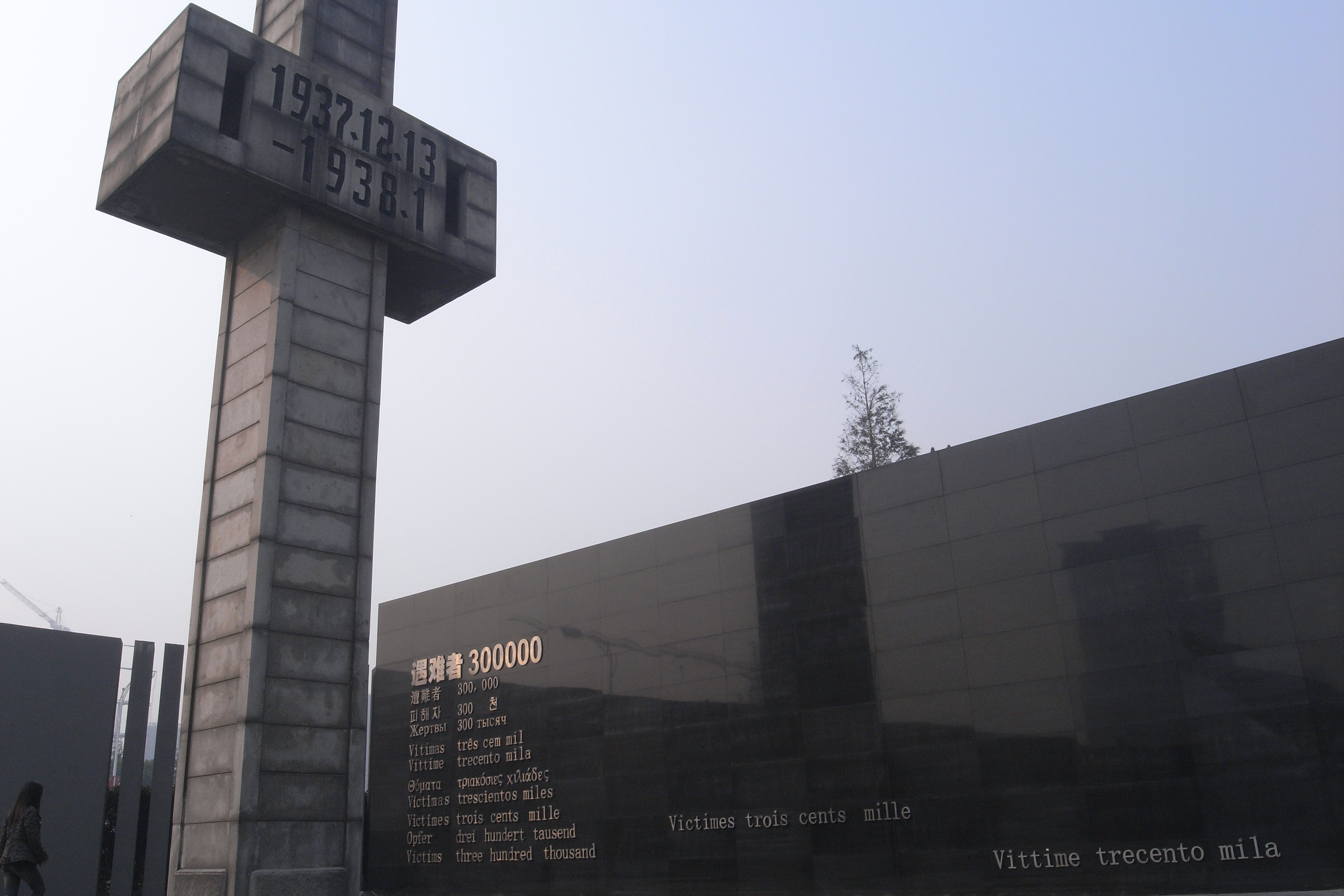Historical background of nanking massacre
Home » Historical background of nanking massacre
Historical background
Following the Mukden Incident in 1931, Japan began the invasion of Manchuria, China. Several important battles ensued, such as Shanghai (1932), Great Wall (1933), and some agreements were signed between China and Japan which demilitarized parts of northern China in the proximity of Manchuria. Because the Nationalists (KMT) and the Communists were engaged in the Chinese Civil War, China was not able to put up a significant resistance to Japanese aggression. However, this situation changed in 1937, following the Xi’an Incident, when the Chinese Nationalists and the Chinese communists agreed to form a united front against Japan. The KMT then formally started an all-out defense against the Japanese military threat. It is likely that China fielded the largest army in the world at the time in terms of troop numbers. However, most of the Chinese army was poorly trained and poorly equipped; some regiments were armed primarily with swords and hand grenades, and few had anti-tank weaponry. Following the Marco Polo Bridge Incident, which marked the beginning of the second Sino-Japanese War, the Japanese were swift in capturing major Chinese cities in the northeast.
In August of 1937, the Japanese army faced strong resistance and suffered heavy casualties in the Battle of Shanghai, effectively destroying the possibility of conquering China in three months, as they had originally planned. The battle was bloody, as both sides were worn down by attrition in hand-to-hand combat. Some historians today believe that the traumatic situation in Shanghai nurtured some of the psychological conditions necessary for Japanese soldiers to later commit atrocities in Nanjing.[1] By mid-November, the Japanese had captured Shanghai with the help of naval and aerial bombardment. The General Staff Headquarters in Tokyo decided not to expand the war, due to the heavy casualties incurred and the low morale of the troops.
As the Japanese army grew closer to Nanjing, Chinese civilians fled the city in droves, and the Chinese military put into effect a scorched earth campaign,[2] aimed at destroying anything that might be of value to the invading Japanese army. Targets within and without the city wall such as military barracks, private homes, the Chinese Ministry of Communication, forests and even entire villages here burnt to cinders, at an estimated value of 20 to 30 million (1937) US dollars.[3][4][5]
On December 7, the Japanese army issued a command to all troops, advising that because occupying a foreign capital was an unprecedented event for the Japanese military, those soldiers who “[commit] any illegal acts”, “dishonor the Japanese Army”, “loot”, or “cause a fire to break out, even because of their carelessness” would be severely punished.[6] The Japanese military continued to march forward, breaching the last lines of Chinese resistance, and arriving outside the walled city of Nanjing on December 9. At noon, the military dropped leaflets into the city, urging the surrender of Nanjing within 24 hours:[1]
The Japanese Army, one million strong, has already conquered [Changshu]. We have surrounded the city of Nanking… The Japanese Army shall show no mercy toward those who offer resistance, treating them with extreme severity, but shall harm neither innocent civilians nor Chinese military [personnel] who manifest no hostility. It is our earnest desire to preserve the East Asian culture. If your troops continue to fight, war in Nanking is inevitable. The culture that has endured for a millennium will be reduced to ashes, and the government that has lasted for a decade will vanish into thin air. This commander-in-chief issues [b]ills to your troops on behalf of the Japanese Army. Open the gates to Nanking in a peaceful manner, and obey the [f]ollowing instructions.[6]
The Japanese awaited an answer. When no Chinese envoy had arrived by 1:00 p.m. the following day, General Matsui issued the command to take Nanjing by force. On December 12, after two days of Japanese attack, under heavy artillery fire and aerial bombardment, General Tang Sheng-chi ordered his men to retreat. What followed was nothing short of chaos. Some Chinese soldiers stripped civilians of their clothing in a desperate attempt to blend in, and many others were shot in the back by their own comrades as they tried to flee.[3] Those who actually made it outside the city walls fled north to the Yangtze, only to find that there were no vessels remaining to take them. Some then jumped into the wintry waters and drowned.
On December 13, the Japanese entered the walled city of Nanjing, virtually free of any military resistance.
